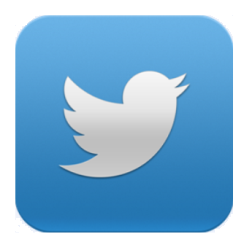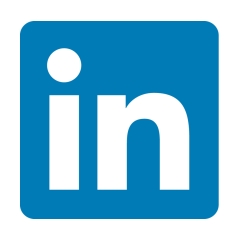| Saint-Louis University - Bruxelles | |||||||||||||||||
|
|||||||||||||||||
|
|
|||||||||||||||||
|
HIST1310 - Images, films and society
Credits :
3
Lecturer :
Mode of delivery :
Face-to-face , second term, 30 hours of theory.
Timetable :
Second term
Monday from 16:00 to 18:00 at 119 Marais 1200 Language of instruction :
French
Learning outcomes :
1. By the end of the course, the students will be able to analyse with a discerning mind the images that are produced in a given space and time and the subsequent use of these images;
2. They will be able to establish the source criticism of these images, taking into account the critical, historical, aesthetical and technical aspects of the iconic trace 3. They will then be able to exploit its content by using the specific concepts of iconic language 4. They will be able to decode the representations referring to the imaginaries of the studied period and the contemporary period 5. They will be able to identify the representativeness of these images through a synchronic and comparative approach, particularly in terms of micro-history 6. They will be able to stress the contribution of such traces to the knowledge of the studied society in its spatiotemporal referents Prerequisites :
 For the Bachelor in History : For the Bachelor in History :  For the Bachelor in Information and Communication : For the Bachelor in Information and Communication :  For the Bachelor in French and Romance Languages and Letters : General : For the Bachelor in French and Romance Languages and Letters : General :  For the Bachelor in Modern Languages and Letters: German, Dutch and English : For the Bachelor in Modern Languages and Letters: German, Dutch and English :  For the Bachelor in Philosophy : For the Bachelor in Philosophy :  For the Bachelor in Economics and Management : For the Bachelor in Economics and Management :  For the Bachelor in Political Sciences: General : For the Bachelor in Political Sciences: General :  For the Bachelor in Sociology and Anthropology : For the Bachelor in Sociology and Anthropology : Co-requisites :
None
Course contents :
1. Firstly, a brief overview of the evolution of the still and moving image that will highlight the technological contribution of the media: How, for about one hundred years, has the moving image contributed to reflect contemporary life? How does it complete the other images or written/built documents? This part will conclude with an analysis of the relevance of M. McLuhan's aphorism by “The media is the message” and vice versa.
2. Secondly, we will study the conceptual contribution of linguistics to the analysis of moving images in a historical perspective in order to establish a fundamental vocabulary, which will be understood and acquired through practical exercises. All these notions will be acquired inductively. The language specific to cinema will complete them, so that every camera movement can be identified, the editing recognised and analysed, the sound-image relationship decoded. 3. Thirdly, the historian work integrates the images, participates in the documentary or fiction film. What is the contribution of this source to the understanding of contemporary society? What is the role of the historian in relation to the historical documentary or genre film? What is the importance of verisimilitude or material precision in the represented facts? Planned learning activities and teaching methods :
Lecture
Assessment methods and criteria :
The oral examination is based on a preparatory analysis work of a still image, chosen by the student and approved by the professor (Laurence van Ypersele) and on an excerpt of five minutes out of the corpus given by the professor (Nathalie Tousignant). More theoretical questions on the notions studied in class will complete the assessment.
Recommended or required reading :
None
Other information :
None
|
||||||||||||||||





